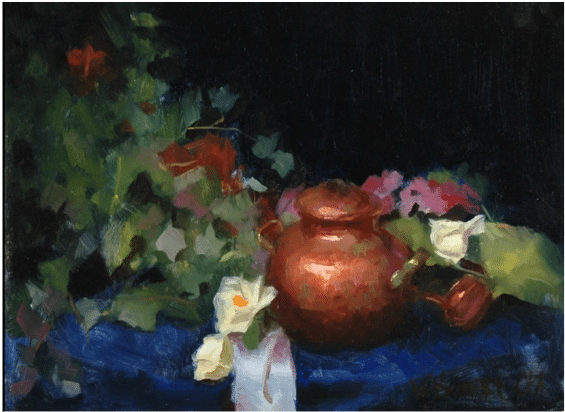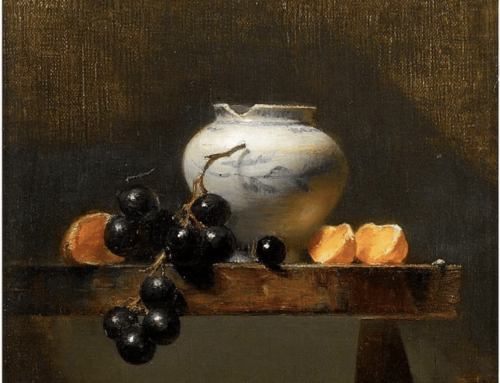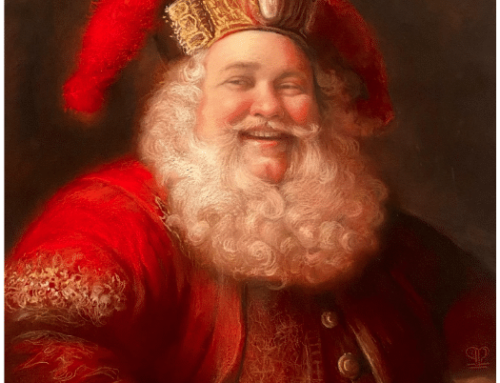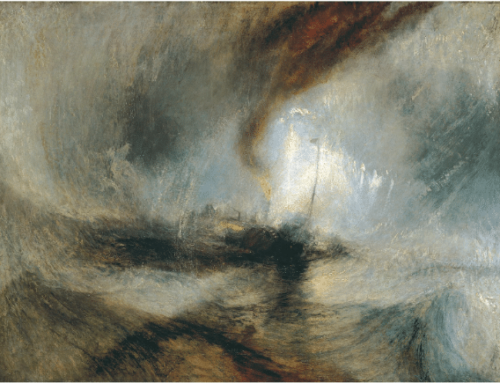One of the touchstones of inspiration and creative activity in general that I see dedicated and professional artists affirming again and again is this: If you want make good art, make lots of art.
There’s a wonderful story that comes from the book Art & Fear (Observations on the Perils and Rewards of Artmaking) in which authors David Bayles and Ted Orland relate the following tale:
A pottery teacher split her class into two halves.
To the first half she said, “You will spend the semester studying pottery, planning, designing, and creating your perfect pot. At the end of the semester, there will be a competition to see whose pot is the best.”
To the other half she said, “You will spend your semester making lots of pots. Your grade will be based on the number of completed pots you finish. At the end of the semester, you’ll also have the opportunity to enter your best pot into a competition.”
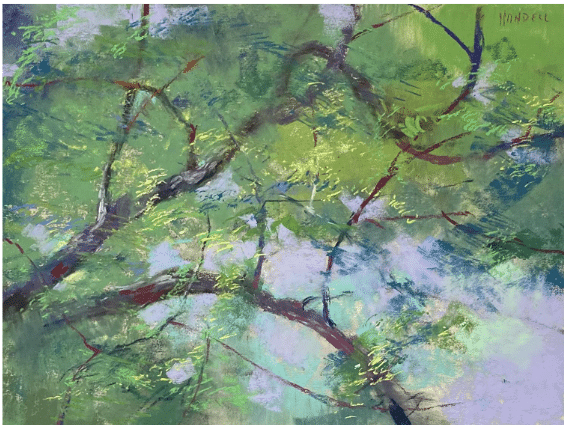
Albert Handel, “Bird’s Paradise,” Pastel, 9×12 in Albert teaches his technique in the video Mastering Pastels.
The first half of the class threw themselves into their research, planning, and design. Then they set about creating their one, perfect pot for the competition.
The second half of the class immediately grabbed fistfuls of clay and started churning out pots. They made big ones, small ones, simple ones, and intricate ones. Their muscles ached for weeks as they gained the strength needed to throw so many pots.
At the end of class, both halves were invited to enter their most perfect pot into the competition. Once the votes were counted, all of the best pots came from the students that were tasked with quantity.
So the class tasked with making the most pots also made the best pot. Why? Because artmaking is an iterative process. The lessons they learned and applied to each new iteration made them significantly better potters than the planners on a quest for the ideal, perfect pot.
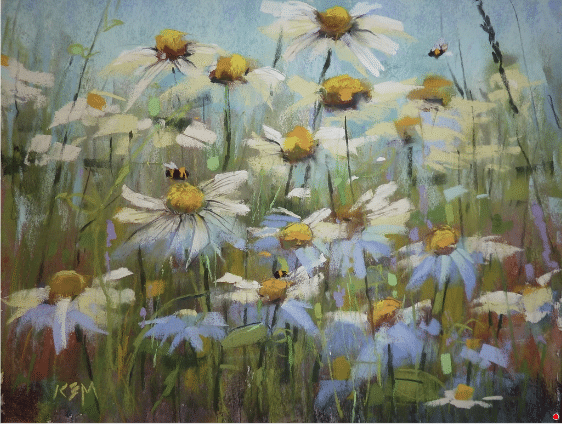
Karen Margulis, “Dancing Daisies,” pastel 11 x 14 in. Karen Margulis teaches her technique and approach to pastels in her video, “Expressive Pastel Painting.”
It’s not just about quantity though. There’s practice and then there’s productive practice, and the difference is between doing the same thing over and over or learning and applying knowledge and insight creatively during the process.
Making more pots isn’t about being reckless or hoping for the miracle of inspiration without earning it. The trick is to approach every new piece not as a pass-fail test but as an opportunity to apply everything you know combined with the new ideas and possibilities emerging each time from the making.
Most people who read those words will agree and then completely not follow through. And I’m talking to myself here too. Rather than reading about and thinking about painting just get started. And when you finish (aka stop working on) something, Don’t think too hard about it, just start heading toward the next destination.
Begin, step back, assess, and begin again.
Make more pots.
The three artists featured in this issue are all teaching at Pastel Live this month, Sept. 17-20, 2024, and each has a teaching video available at painttube.tv

